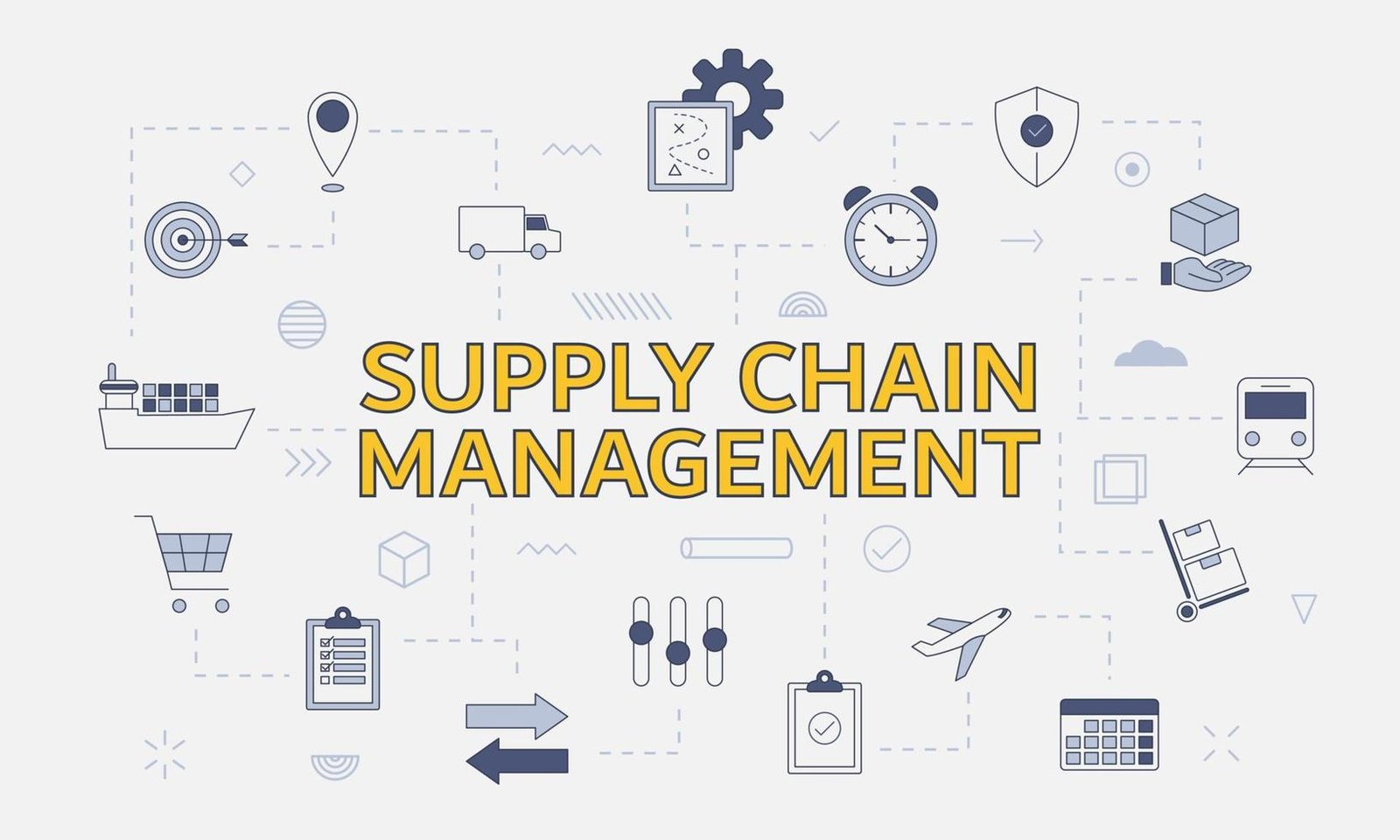Education is the key to unlocking a brighter future. However, for many students, pursuing higher education comes with significant financial challenges. The cost of tuition fees, books, and living expenses can be overwhelming. Thankfully, technology has evolved to address some of these issues, paving the way for innovative solutions like loan apps designed specifically for students. These apps simplify the process of accessing loans, ensuring that students can focus on their studies instead of constantly worrying about finances. This article delves into the use of loan apps for students, the availability of education financing options, and explores schemes such as the “3 lakh loan on Aadhaar card.”
What are Loan Apps for Students?
In today’s digital age, smartphones serve as a gateway to endless services, and app for student loan options are becoming increasingly popular. These apps are designed to provide easy, accessible, and often instant financial assistance to students. Whether it’s for tuition, living expenses, or even purchasing study materials, app for student loan ensure that students can meet their needs without having to visit banks and deal with tedious paperwork.
Key features of loan apps for students are:
- Quick Application Process: Students can fill out loan applications within minutes using these apps.
- Minimal Documentation: Unlike traditional loans, loan apps require significantly less paperwork.
- Instant Disbursal: Many loan apps offer quick disbursal, enabling students to get funds almost instantly to meet urgent needs.
- Flexible Repayment Plans: Loan apps often allow borrowers to select repayment plans that align with their financial situation.
Popular Loan Apps for Students
Several loan apps cater specifically to students, helping them finance their education and related expenses. Here are some of the most popular options:
1. KreditBee
KreditBee allows students and young working professionals to get short-term loans at competitive interest rates. The app is user-friendly, and the process is quick and hassle-free.
2. Eduvanz
Eduvanz is tailored for educational financing. It offers loans meant solely for courses, tuition fees, and other educational requirements.
3. LazyPay
LazyPay is a popular app that provides small-ticket loans with minimal documentation, making it easy for students to manage their financial struggles.
4. ZestMoney
This app provides flexible EMI options, letting students or their families spread the cost of education over time.
5. PaySense
PaySense is known for its instant personal loans and easy documentation. Students can use this app to cover small or large educational expenses.
What is the “3 Lakh Loan on Aadhaar Card”?
The “3 lakh loan on Aadhaar card” is one of the trending options for obtaining financial assistance. As the name suggests, this scheme allows students (and general borrowers) to avail a loan of up to INR 3 lakhs using their Aadhaar card as identity and address proof.
The major benefits of this scheme include:
- Minimal Documentation: With Aadhaar being the primary requirement, the entire application process is simplified.
- Quick Approval: As Aadhaar verification is integrated with government databases, loan approvals tend to be faster.
- Flexibility in Usage: Students can use the funds to pay for tuition, buy books, or manage living costs.
However, borrowers must carefully assess the terms and conditions of such loans. Interest rates, repayment tenures, and penalties for non-payment are key factors to consider.
Other Education Financing Options
1. Educational Loans (Traditional Banks)
Banks across India offer educational loans with preferable interest rates and longer repayment tenure. These loans usually require co-applicants (parents or guardians) or collateral for higher loan amounts.
- Coverage for tuition fees, living expenses, and study abroad programs
- Flexible repayment plans post-course completion
- Tax benefits on interest payments under Section 80E of the Income Tax Act
2. Scholarships and Grants
Scholarships and grants are excellent tools to finance education without taking loans. Government schemes, private organizations, and universities themselves offer various scholarships for deserving students based on merit or financial need.
3. Crowdfunding
Crowdfunding platforms like Ketto and Milaap are gaining traction in the education financing space. Students can create campaigns outlining their financial requirements and collect contributions from generous donors.
4. Financial Aid Programs
Many reputed universities offer need-based financial aid programs to help students afford their education. Leveraging these programs could significantly reduce reliance on loans.
5. Part-Time Work Opportunities
Combining part-time work with studies allows students to earn while they learn. This income can help them manage smaller expenses without relying entirely on loans.
How to Choose the Right Option for Education Financing
Choosing the right finance option for education depends on several factors:
Key considerations:
- Amount Needed: If you need a small amount for short-term expenses, loan apps are ideal. For higher amounts, traditional loans or scholarships might be more appropriate.
- Interest Rates: Compare interest rates across all options to ensure you don’t end up paying exorbitant costs.
- Repayment Terms: Check for flexible repayment options that align with your earning potential after graduation.
- Eligibility: Some financing methods, such as scholarships, require merit or background checks. Ensure you qualify before applying.
- Long-Term Financial Impact: Consider the long-term implications of loans before making commitments.
Future Scope of Technology in Education Financing
As fintech innovations continue to grow, the future of education financing could look even brighter. Artificial intelligence and data analytics are transforming how loans are disbursed, allowing platforms to assess creditworthiness more accurately. Blockchain technology might also revolutionize the industry by streamlining verification processes, making loans even more accessible for students.
Conclusion
Financing your education is no longer a daunting task. With the advent of loan apps specifically designed for students, acquiring funds has become more straightforward and efficient. The “3 lakh loan on Aadhaar card” scheme offers immense convenience for those in need of quick funding solutions. However, students should also explore alternatives such as scholarships, crowdfunding, and part-time work to strike a balance between affordability and financial responsibility.
It’s essential for students to approach these financing options with caution, ensuring they understand repayment obligations, interest rates, and loan tenures to avoid unwarranted financial pressure in the future. Harnessing the power of technology and combining it with traditional financing mechanisms could help students achieve their dreams without compromising their financial stability. Ultimately, financing education is an investment in the future, and with the right tools and decisions, students can tread confidently toward their career aspirations.
















Leave a Reply